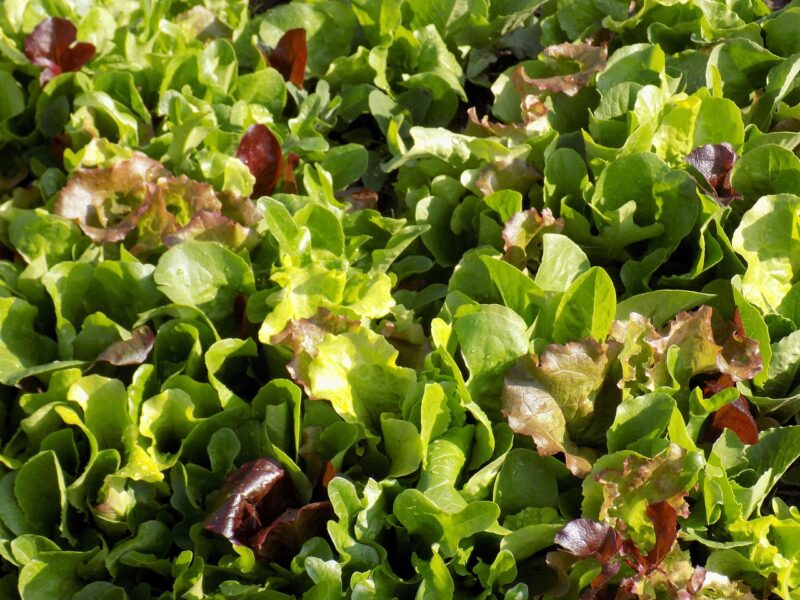Okra (Abelmoschus esculentus) is a warm-weather vegetable known for its edible green pods that are both nutritious and versatile in cooking. While okra is often grown in isolation, companion planting can enhance its growth, improve yields, and even provide natural pest control.
In this comprehensive guide, we will explore the best companion plants for okra, detailing how each plant supports the fibrous, tall-growing vegetable. We will also look into plants that should be avoided when cultivating okra.
Basil
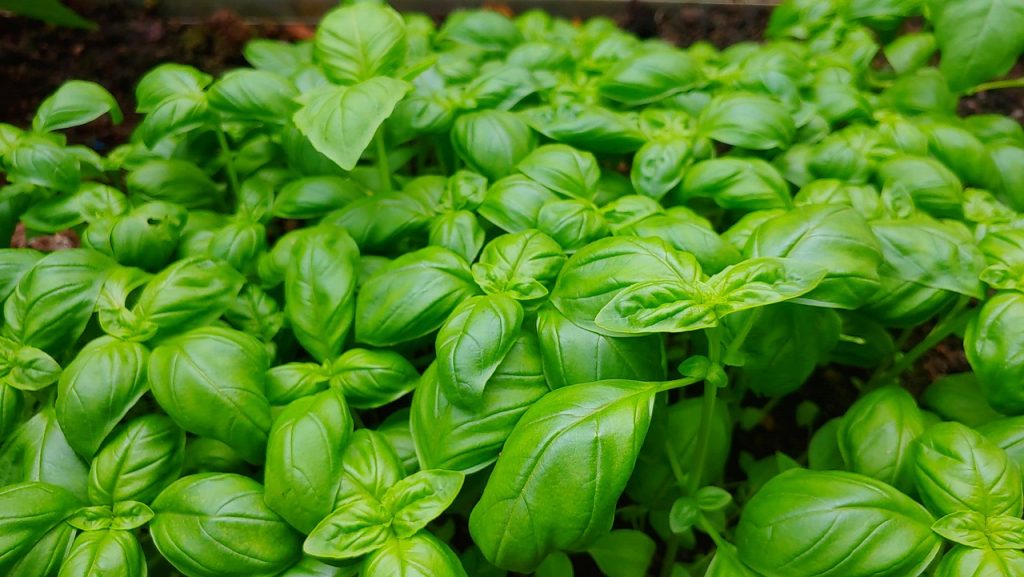
Basil (Ocimum basilicum) is more than just a culinary herb; it serves as a valuable companion plant for okra. The aromatic oils found in basil create a scent that deters pests, such as aphids and spider mites, which commonly afflict okra. Besides pest control, basil is known to enhance the flavor of adjacent plants. Okra planted near basil can share nutrients and encourage stronger growth.
In addition to its benefits for okra, basil also attracts beneficial insects, such as bees and butterflies, which aid in pollination. This can boost the overall productivity of your garden. Basil requires full sun and well-drained soil, making it easy to integrate alongside okra’s own sun-loving characteristics.
Beans
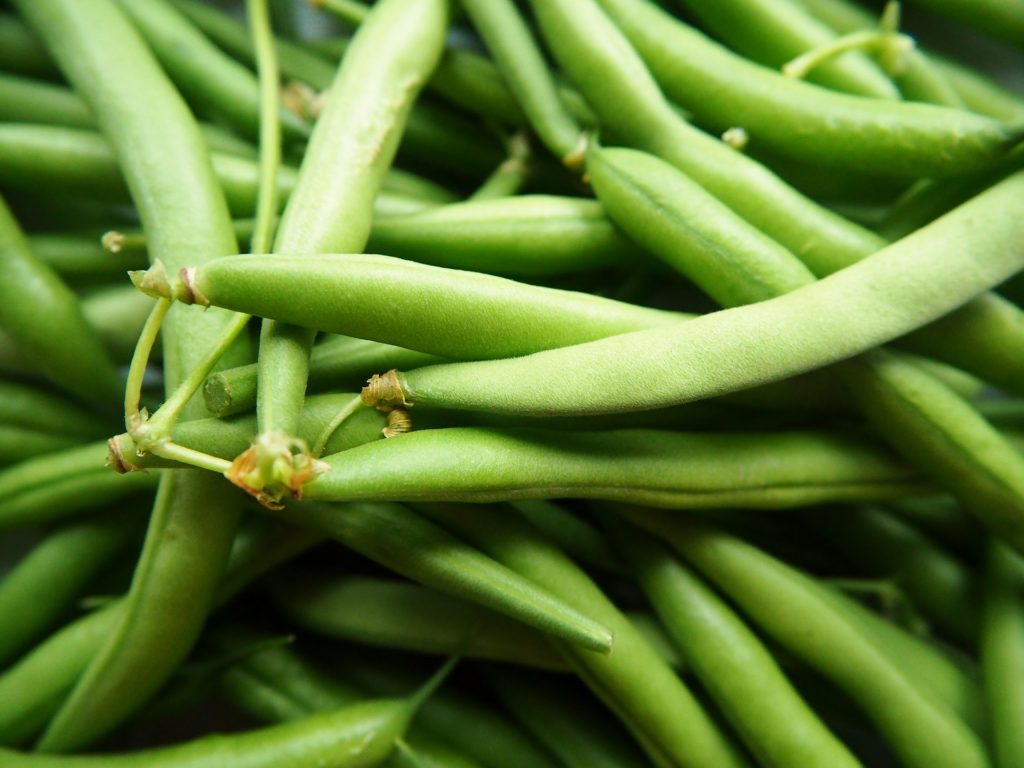
Various types of beans, particularly bush beans, serve as excellent companions to okra. Beans are nitrogen-fixing plants, meaning they have the ability to convert atmospheric nitrogen into a form that is usable by plants. By planting beans alongside okra, you can help improve the nitrogen content in the soil, promoting healthier growth and increasing yield.
The vining nature of some bean varieties can provide a natural shade for young okra plants, which can be beneficial during particularly hot weather. In addition to performance benefits, beans and okra can effectively use garden space together. They compliment one another in height and growing habits, allowing each plant to thrive with minimal competition for sunlight and nutrients.
Cantaloupe
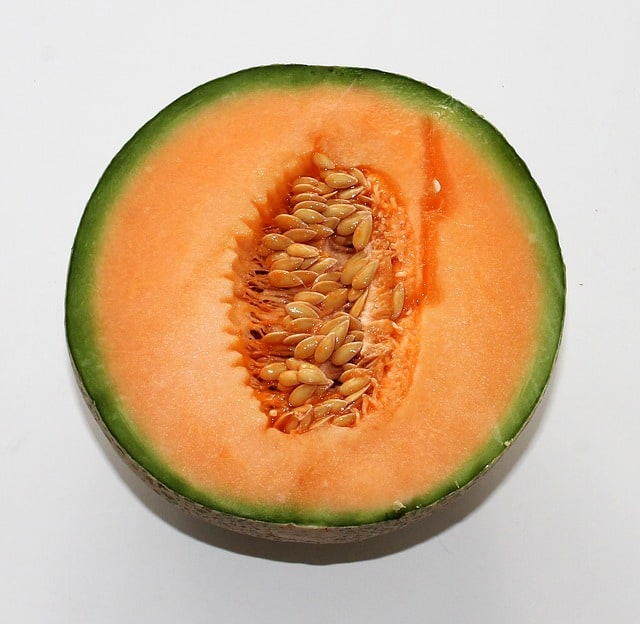 Cantaloupe (Cucumis melo), known for its sweet, juicy flesh, can serve as an excellent companion for okra as well. Cantaloupe thrives in similar warm weather and has a sprawling growth habit that can help shade the soil, reducing evaporation and maintaining moisture for both crops.
Cantaloupe (Cucumis melo), known for its sweet, juicy flesh, can serve as an excellent companion for okra as well. Cantaloupe thrives in similar warm weather and has a sprawling growth habit that can help shade the soil, reducing evaporation and maintaining moisture for both crops.
One of the most significant benefits of planting cantaloupe with okra is their pollen transfer. The flowers of both plants can attract pollinators like bees, fostering greater pollination not only for the melons but also for the okra. Additionally, the sprawling cantaloupe leaves can provide a natural weed-suppressing barrier, further promoting a healthy growth environment.
Cayenne Peppers
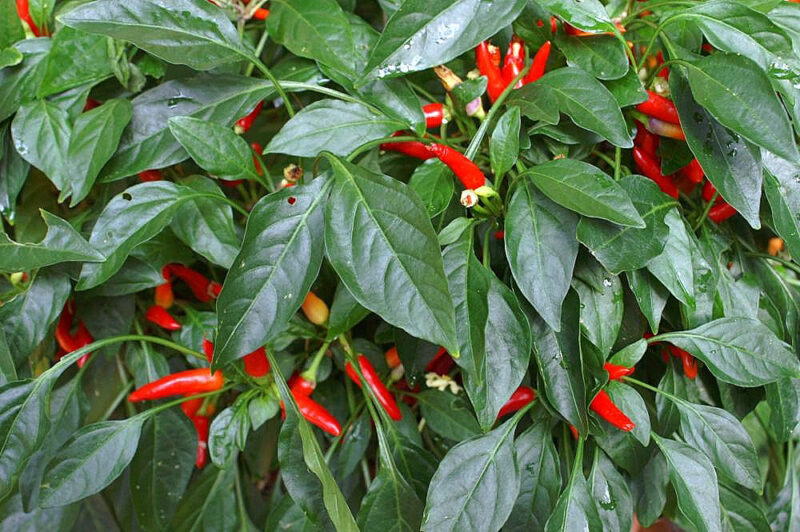
Cayenne peppers (Capsicum annuum), with their fiery kick, are another suitable companion for okra. Both plants thrive in similar conditions, as they prefer warm soil and copious sunlight. Their growing habits also complement one another; cayenne peppers grow upright while okra has more vertical growth.
One of the most notable benefits of combining these two plants is pest management. Capsaicin, the compound that gives cayenne peppers their heat, can deter pests like aphids and flea beetles, which are known enemies of okra. This complementary relationship between the two can lead to healthier plants and an improved yield overall.
Furthermore, growing cayenne peppers can provide an added harvest for the gardener, creating a multi-crop garden space that maximizes productivity and variety.
Coneflowers

Coneflowers (Echinacea purpurea), known for their striking blooms and medicinal properties, make excellent companions for okra. These perennial flowers are not only beautiful, but they also bring numerous ecological benefits to your garden. Coneflowers attract a wide array of beneficial insects, including pollinators and predatory bugs that help control harmful pests.
Growing coneflowers alongside okra can help create a diverse ecosystem that promotes biodiversity in your garden. Moreover, the shallow root system of coneflowers will not compete with the deeper-rooted okra, making them compatible neighbors. The added habitat provided by the flowers may enhance the presence of pollinators, eventually benefiting the okra crop.
Cucumbers
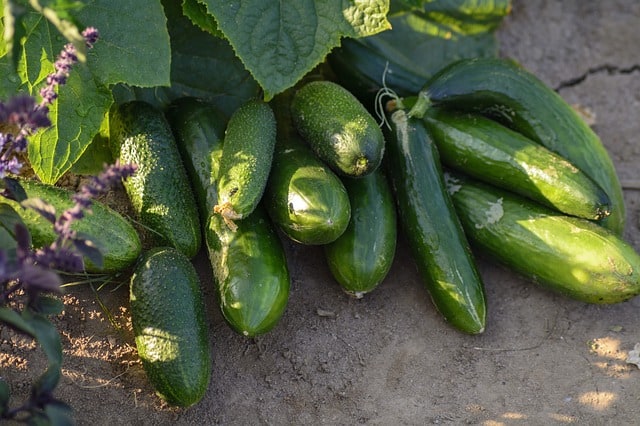
Cucumbers (Cucumis sativus) are a trailing vine plant that can effectively utilize garden space alongside okra. The large leaves of cucumbers provide shade to the soil, helping to conserve moisture and suppress weeds, which is beneficial for the moisture-loving okra.
The combination of these plants allows for efficient use of space, as the cucumbers grow low to the ground while okra reaches skyward. Together, they can create a microclimate that is favorable for growth. Additionally, cucumbers can benefit from the elevation provided by okra’s taller stature as they scramble for sunlight.
Marigolds
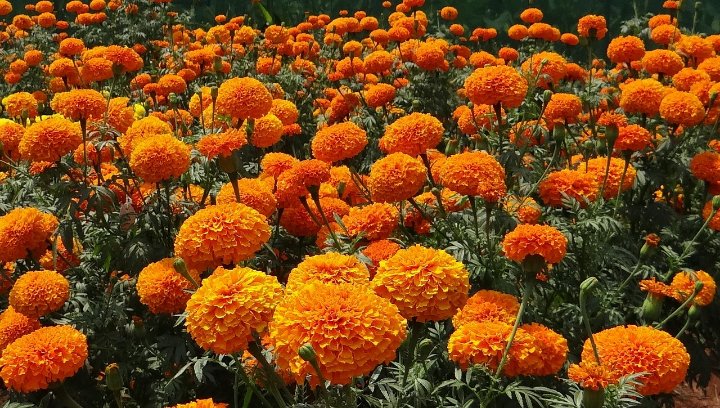
Marigolds (Tagetes spp.) have long been celebrated as excellent companion plants in the vegetable garden. These vibrant flowers not only add beauty to the garden but also offer significant benefits to okra. Their strong scent is known to repel various pests, including nematodes, aphids, and other harmful insects that target okra.
In addition to deterring pests, marigolds attract beneficial insects like ladybugs and lacewings, which help control aphid populations. Planting marigolds around your okra can create a protective zone that keeps harmful pests at bay while promoting a healthy growing environment. Moreover, marigolds can thrive in similar soil conditions as okra, making them a complementary addition.
Mesclun
Mesclun refers to a mix of salad greens, including varieties like arugula, lettuce, and spinach. These leafy greens can serve as great companions for okra, primarily because they have a short growth cycle, allowing for quick harvests before the taller okra becomes too established.
Mesclun greens have shallow root systems that do not compete significantly for nutrients with okra, enabling both plants to coexist harmoniously. Additionally, these greens can cover the soil, reducing evaporation and suppressing weeds, which is advantageous for the thirsty okra plants. Furthermore, the quick growth of mesclun means they can be harvested and replanted throughout the growing season, maximizing yield in the same space.
Oregano

Oregano (Origanum vulgare) is a perennial herb known for its culinary uses and flavor-enhancing properties. It thrives well in warm weather, making it a suitable companion for okra. Oregano can naturally deter pests such as aphids and spider mites, creating a more hospitable environment for okra.
The dense growth habit of oregano means it can act as a living mulch, helping to maintain soil moisture and reduce competition from weeds. Additionally, oregano is a robust herb that can be easily harvested throughout the season, providing culinary benefits while supporting your okra crops.
Radishes
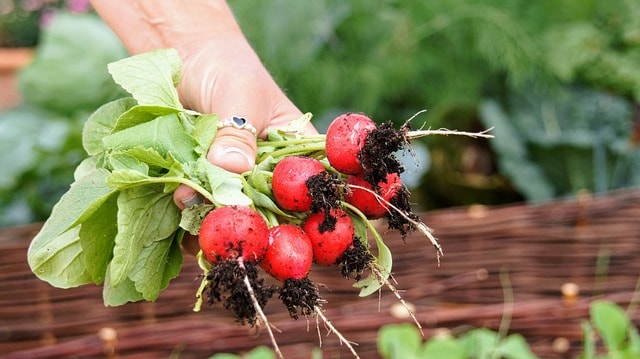
Radishes (Raphanus sativus) are a fast-growing root vegetable with a short harvest cycle, making them excellent companion plants for okra. Because radishes mature quickly, they can provide a preceding crop before the okra plants fully develop. This allows for efficient use of garden space and time.
Furthermore, radishes can help break up compacted soil, improving soil aeration and drainage, which are beneficial for okra’s root growth. The heavy foliage of radish plants can provide shade and ground cover, reducing soil erosion and moisture loss while helping to suppress weeds that may compete for resources with the young okra plants.
Snap Peas
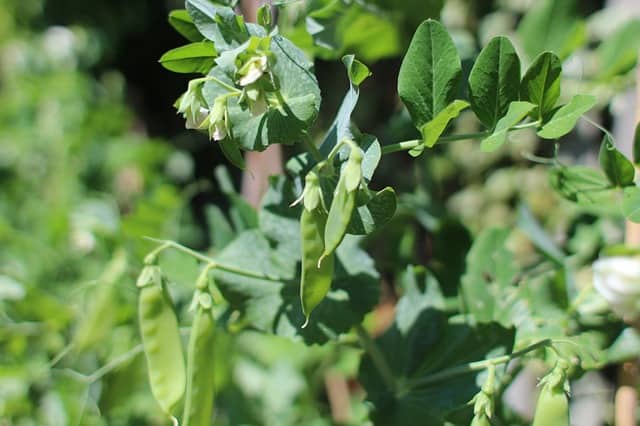
Snap peas (Pisum sativum var. macrocarpon), also known as edible sugar peas, have a unique growth habit that complements okra beautifully. These climbing plants can be grown on trellises, allowing them to reach upward while okra takes the sunnier spots in the garden. Growing snap peas alongside okra liberates garden space while improving the overall aesthetic appeal.
Additionally, snap peas are nitrogen-fixing plants, like their bean counterparts, which means they contribute to enhancing soil fertility and supporting the healthy development of okra. Their ability to climb can provide natural support for young okra plants, ultimately resulting in more robust and productive crops.
Bad Companions
While many plants thrive alongside okra, some plants should be avoided as companions due to competition for nutrients, space, or negative allelopathic effects.
Mustard Greens
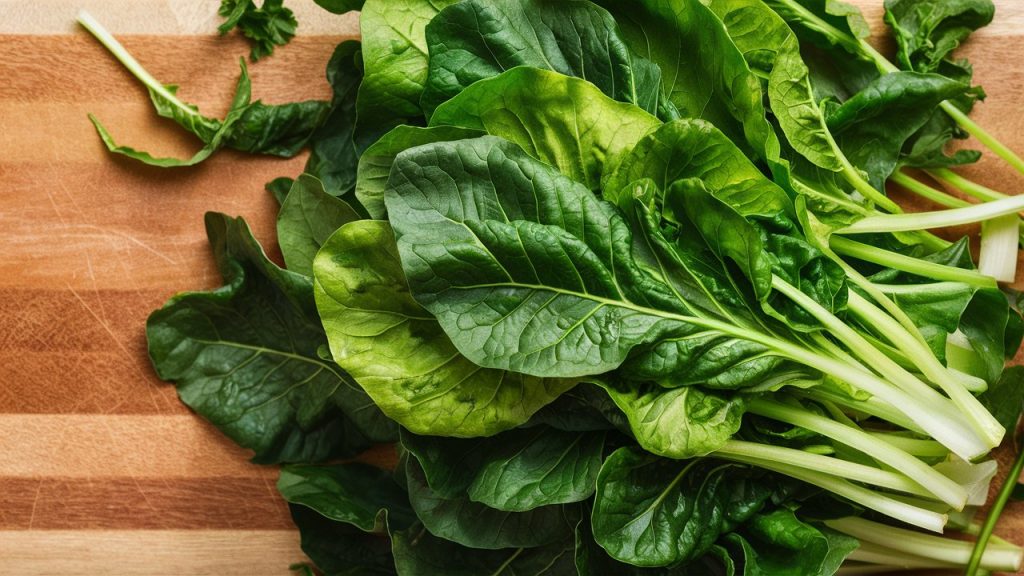
Mustard greens (Brassica juncea) can compete intensely with okra for nutrients and space. Their fast growth can overshadow and outcompete the slower-growing okra plants, resulting in reduced yields and weaker growth. The large leaves of mustard greens can also block sunlight from reaching okra, further hindering its development.
Lacinato Kale
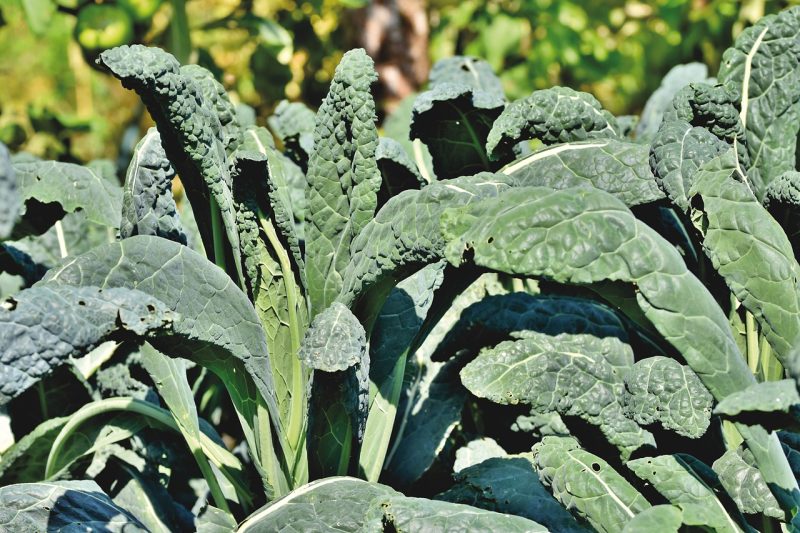
Lacinato kale (Brassica oleracea var. sabellica) is another leafy green that requires significant nutrients and moisture. Like mustard greens, it can outcompete okra for these vital resources, particularly in a home garden situation where space is limited and nutrients are being consumed rapidly. Therefore, planting kale close to okra is not advisable.
Tomatoes
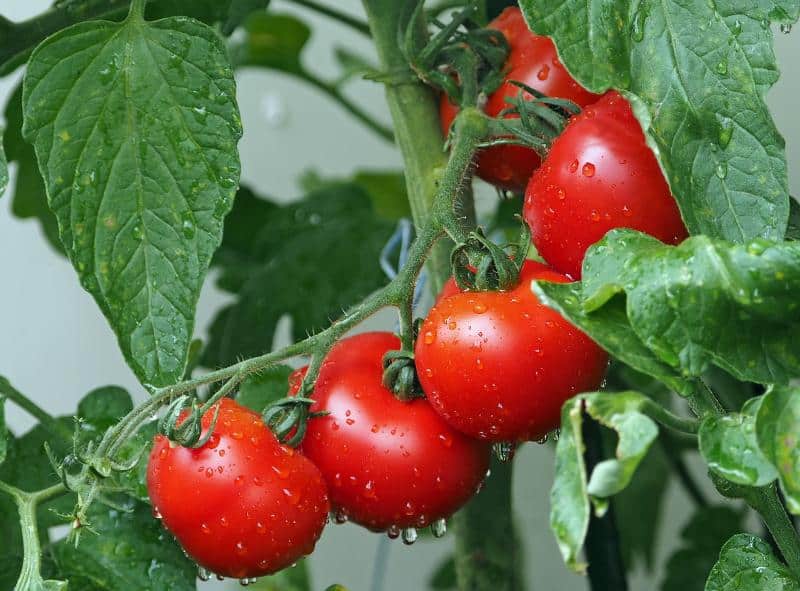
Tomatoes (Solanum lycopersicum) are popular garden plants but are not ideal companions for okra. Both plants suffer from similar diseases, such as verticillium wilt and root rot, increasing the risk of disease spread in the garden. Additionally, both plants require ample sunlight and nutrients, making for fierce competition.
Potatoes
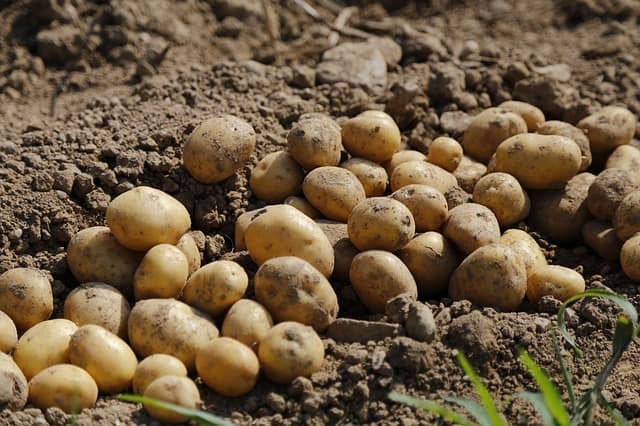
Potatoes (Solanum tuberosum) should also be avoided as companion plants. They are heavy feeders and can deplete soil nutrients quickly. The different growth patterns and root depths of okra and potatoes means they can hinder each other’s growth, leading to unproductive plants.
Fruit Trees
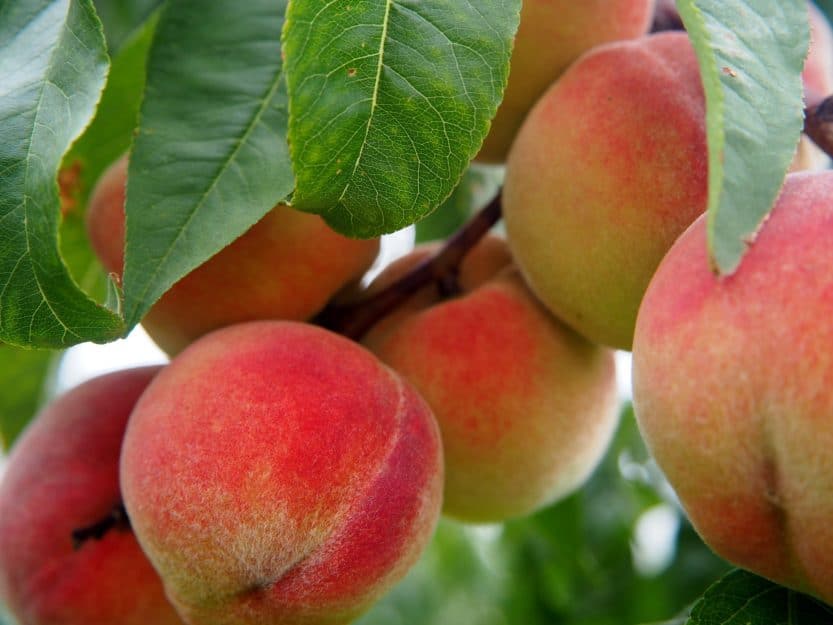
Lastly, complicating okra’s growth with fruit trees, particularly in limited space, is not recommended. The extensive root systems of fruit trees can compete aggressively for water and nutrients, stunting the growth of okra plants that need more immediate resources.
Conclusion
Companion planting is a valuable strategy for any gardener, allowing for the enhancement of plant health, productivity, and biodiversity. By thoughtfully choosing plants to partner with okra, you can create a thriving garden ecosystem.



